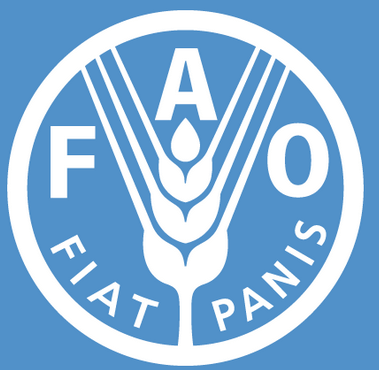FAO calls for resilient rural households to stem migration
 The Food and Agriculture Organisation of the United Nations (FAO) has reiterated the need for the creation of better living conditions and resilient livelihoods in rural areas to address the root causes of migration for positive contributions to food security.
The Food and Agriculture Organisation of the United Nations (FAO) has reiterated the need for the creation of better living conditions and resilient livelihoods in rural areas to address the root causes of migration for positive contributions to food security.
“Migration, if managed in a humane and orderly way, can contribute to the economic growth in destination and countries of origin,” Mr BukarTijani, FAO Assistant Director General and Regional Representative for Africa, has said in Accra.
Mr Tijani linked the attainment of the United Nations (UN) Sustainable Development Goal 2, which aims at ending hunger, achieving food security and improved nutrition and promoting sustainable agriculture, and underscored the need to take into account, and directly involve all people, including migrants in achieving the goal.
He said: “Actions needed may include fostering sustainable development, improvement in productivity, and the incomes of small-scale food producers, the resilience of food production systems and the sustainable use of biodiversity and genetic resources.
“This means taking into account, and directly involving all people, including migrants.”
In a statement at the regional observance of the 2017 World Food Day, Mr Tijani noted that investing in sustainable rural development, climate change adaptation and resilient livelihoods was an important part of the global response to the current migration challenge.
Being held under the theme “Change the Future of Migration- Invest in Food Security and Rural Development”, the 2017 World Food Day, would also mark the 72nd anniversary of the founding of the FAO.
The commemoration of the day would threw the searchlight on how the drivers and impacts of migration are closely linked to the FAO’s global goals of fighting hunger and achieving food security, reducing rural poverty and promoting the sustainable use of natural resources.
The FAO has a unique role to play in addressing the root causes of rural forces and distress migration and facilitating the orderly, humane and regular migration.
UN figures show that there are roughly 244 million international migrants, while 763 million migrate within their own countries. Also, there are 65 million forced migrants of whom about 21.3 million are refugees, 40.8 million Internally Displaced Persons (IDP) and 3.2 million asylum seekers.
Mr Tijani noted that most of the migrants were within the 16-34 years age group, but food and agriculture, remain central to people’s well-being and linked to the reasons why people migrated especially from the rural area.
Also, the rural poor, especially smallholder farmers face considerable difficulties in accessing credit, services and technologies and markets which would allow them to improve the productivity of their natural resources and labour. Moreover, most available jobs in agriculture were associated with low and unstable incomes, poor safety and health conditions, gender inequality in pay and opportunities and limited social protection.
Mr Tijani praised the Government of Ghana for initiatives to stem migration in rural communities, such as the recently launched “Planting for Food and Jobs,” and underlined that migration “should be a choice, not a necessity.
“FAO has long experience in supporting the creation of better conditions and resilient livelihoods in rural areas, “Mr Tijani said, adding, “together with its partners, FAO aims to expand its work towards strengthening the positive contributions that migrants, refugees and IDPs are bringing to poverty reduction, food security and nutrition.
The Assistant Director announced that the FAO, together with the International Organisation for Migration (IOM), will in 2018 co-chair the Global Migration Group, an inter-agency body which promotes dialogue on migration issues at the international level.
Dr Christine Evans-Klock, United Nations Residence Coordinator, commended Ghana for adopting a comprehensive National Migration Policy in 2016, which she said would address some of the root causes of migration.
She said more investment in agriculture and food security was a sure way to change the future of migration.
Dr Nurah Gyiele, Minister of State at Ghana’s Ministry of Agriculture, announced that programmes of the Government of Ghana, such as the One District One Factory, One Village One Dam, Human Infrastructure Development Fund and the Planting for Food and Jobs were meant to create conditions to enhance the creation of job opportunities in rural communities.
He identified some causes of mass drift of people from rural areas as rural poverty, farming insecurity, unemployment, natural resource depletion, conflicts, poor governance and political instability.
Dr Gyiele urged a panel discussion that followed to bring more ideas that could help the Government to stem migration.
Migration is the movement of people, either within a country or across international borders. FAO uses the term migration to refer to all kinds of movement, irrespective of the drivers, duration and whether they are voluntary or involuntary in nature.
Migrants include diverse groups of people as migrant workers, refugees, asylum seekers, internally displaced persons, people who engage in climate induced migration unaccompanied minors and trafficked persons.
Migrants also encompass people who move for the purposes of education and family reunification, either permanently or on a temporary basis, and their movements could depend on seasonal conditions.
Source: GNA
